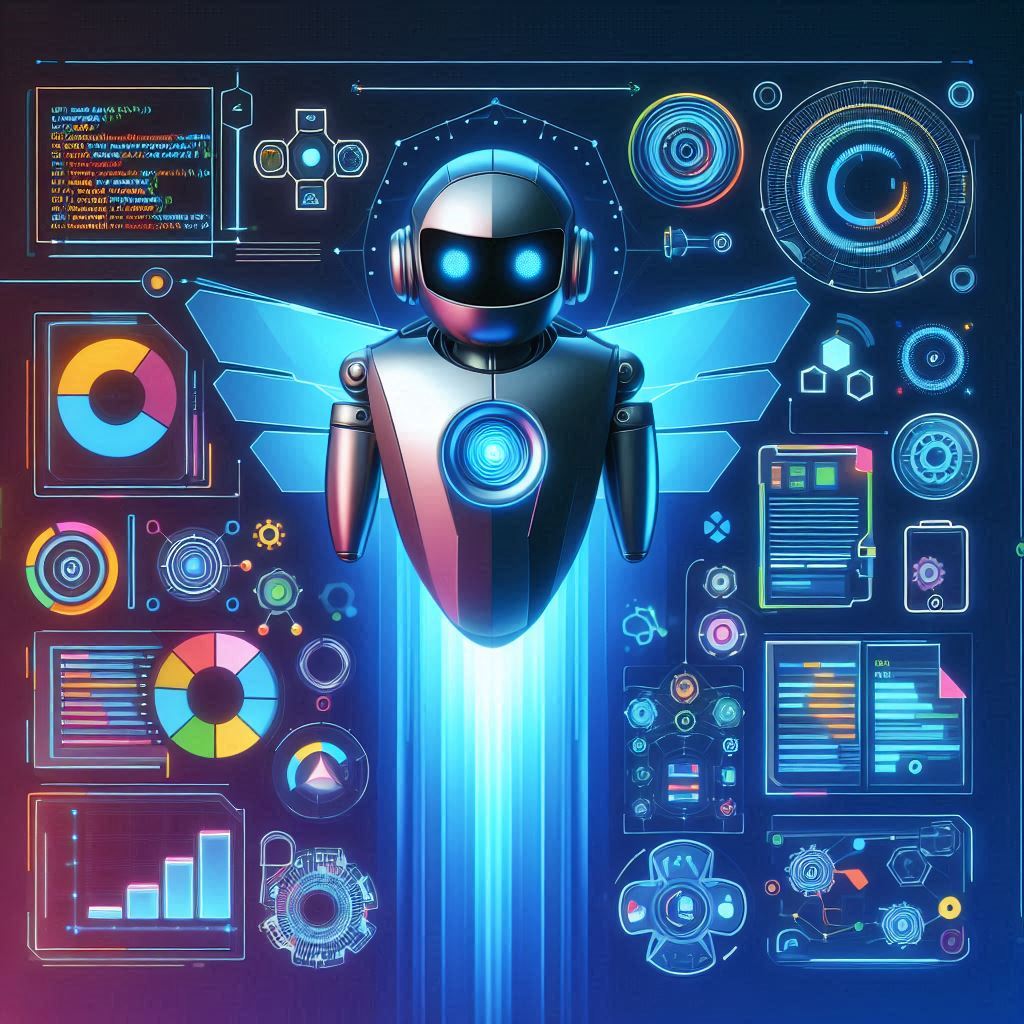In today’s rapidly advancing technological landscape, AI assistants have become a crucial tool across industries, transforming the way we interact with digital systems. These intelligent agents can perform a variety of tasks, from answering queries and managing schedules to automating complex processes and analyzing large datasets. By seamlessly integrating into various applications, AI assistants are enhancing productivity and user experience, making them indispensable in both personal and professional settings.
As the demand for more sophisticated and adaptable AI assistants grows, solutions like OpenAI’s Assistant API have emerged as game-changers. This powerful tool not only allows for the creation of highly customized AI assistants but also leverages the capabilities of large language models (LLMs) with greater control and precision. By offering advanced features and flexibility, the Assistant API is reshaping the landscape of AI-powered assistance, opening up new possibilities for developers and users alike. Let’s explore what makes this Assistant API so exciting and how it’s revolutionizing the realm of AI assistants.
What is an AI Assistant?
An AI Assistant is an advanced AI agent designed to interact with users and perform a wide range of tasks, often simulating human-like capabilities. These assistants can:
- Retrieve External Knowledge: Access and utilize information from various sources to provide accurate and relevant responses.
- Manage Threads: Maintain context across multiple interactions, allowing for coherent and ongoing conversations.
- Execute Functions: Perform specific tasks or operations, such as calling APIs, processing data, or controlling devices.
- Interpret Code: Understand and run code snippets, enabling automated problem-solving, analysis, and even software development.
These abilities make AI assistants versatile tools in various applications, from customer support to data analysis, significantly enhancing efficiency and user engagement.
How Can AI Assistants Transform Your Business?
AI assistants are becoming integral to modern business operations, offering solutions that enhance efficiency, customer satisfaction, and decision-making. Here are some real-world use cases where AI assistants are making a significant impact:
Customer Support:

- A large e-commerce company has implemented an AI assistant to handle routine customer inquiries, such as order tracking, returns, and product information. The assistant can provide accurate and timely responses, freeing up human agents to handle more complex issues.
- A software company uses an AI assistant to provide technical support to its customers. The assistant can diagnose common problems, suggest solutions, and even write code snippets to help users resolve issues.
Data Analysis:

- A financial institution employs an AI assistant to analyze market data and identify investment opportunities. The assistant can process vast amounts of information, identify trends, and generate reports that help analysts make informed decisions.
- A healthcare organization uses an AI assistant to analyze patient data and identify potential health risks. The assistant can analyze medical records, genetic information, and other data to provide personalized recommendations.
Educational Tools:

- A language learning platform uses an AI assistant to provide personalized tutoring. The assistant can adapt to the learner’s pace and style, offering explanations, examples, and practice exercises.
- A university has developed an AI assistant to help students with their assignments. The assistant can provide guidance on research methods, writing style, and citation formats.
These examples illustrate how AI assistants can streamline operations, enhance user experiences, and empower businesses to achieve more with less effort.
What is OpenAI Assistant API?

The OpenAI Assistant API is a flexible and powerful tool that allows developers to create AI assistants tailored to specific tasks or domains. It builds upon the capabilities of large language models (LLMs), providing a more structured and controllable way to leverage AI in applications. By enabling contextual understanding and customization, the API supports a wide range of use cases from customer support to complex enterprise solutions. Its integration capabilities and adaptability ensure that developers can craft precise and effective AI-driven experiences.
Key Features of OpenAI Assistant API?
- Customizable Assistants : Developers can design assistants with specific instructions, knowledge, and capabilities, making them adaptable to various use cases.
- Multi-turn Conversations : Supports ongoing dialogues, maintaining context across multiple interactions.
- Function Calling : Assistants can call external functions, which is useful for fetching data, taking actions, or performing computations. This enables seamless integration with other services and data sources.
- File Handling : Supports uploading and processing various file types, expanding the assistant’s knowledge base.
- Code Interpretation : Assistants can write and run code, opening up possibilities for automated analysis and problem-solving.
- Run Step Interoperability: During a “Run”, the Assistant processes messages using tools like Code Interpreter and Function Calling. The “Run Step” feature let us inspect each action the Assistant takes, helping you understand how responses are generated
How OpenAI Assistant API Works?

Let’s explore how the OpenAI Assistant API works in correspondence to its different components ?
The Assistant API is built around four primary components: the Assistant Object, Thread Object, Message Object, and Run Object.
- Assistant Object: This is the central entity that processes and responds to user inputs, using predefined capabilities and knowledge domains.
- Thread Object: Threads represent ongoing conversations, encapsulating the flow of interactions to maintain context and coherence across multiple exchanges.
- Message Object: Messages represent the communication exchange, logged within the thread for continuity and historical context, enabling the Assistant to provide informed and context-aware interactions.
- Run Object: Each user interaction triggers a Run, where the Assistant processes messages and may use various tools like Code Interpreter, File Search, and Function Calling to generate appropriate responses. The Run Step feature details the specific actions taken during a run, enhancing transparency and facilitating debugging.
Limitations and Challenges
While the AI Assistants offers significant potential, it’s important to recognize its limitations:
- Hallucinations : AI models can sometimes generate incorrect or misleading information. This can be particularly problematic in applications where accuracy is critical, such as medical diagnosis or legal advice.
- Bias: AI models can reflect the biases present in the data they are trained on. This can lead to discriminatory or unfair outcomes.
- Cost: Using the AI Assistant can be expensive, especially for large-scale applications.
- Technical complexity: Implementing and maintaining an AI assistant can be technically challenging, requiring specialized skills and resources.
- Ethical concerns: The use of AI assistants raises ethical questions related to privacy, accountability, and the potential for job displacement.
Addressing these limitations and challenges will be crucial for ensuring the responsible and effective use of the AI Assistants in production.
Conclusion
AI Assistants represent a significant leap forward in making AI more accessible and customizable. As developers continue to explore its capabilities, we can expect to see a new wave of innovative, AI-powered applications that push the boundaries of what’s possible in human-AI interaction. Are you ready to harness the power of AI assistants in your next project? The future of AI-assisted development is here, and it’s more exciting than ever.
References
- OpenAI Assistants Overview Link
- DeepMind Blog on the Ethics of Advanced AI Assistants Link
- Botpress Blog on Primary Use Cases for AI Assistants Link
- Medium Article on Assistants V2 API with OpenAI Python Link
- Medium Article on OpenAI Assistants API V2: What’s New and Improved Link
We are Kainovation Technologies, Leading the way in AI, ML, and Data Analytics. Our innovative solutions transform industries and enhance business operations. Contact us for all your AI needs.

